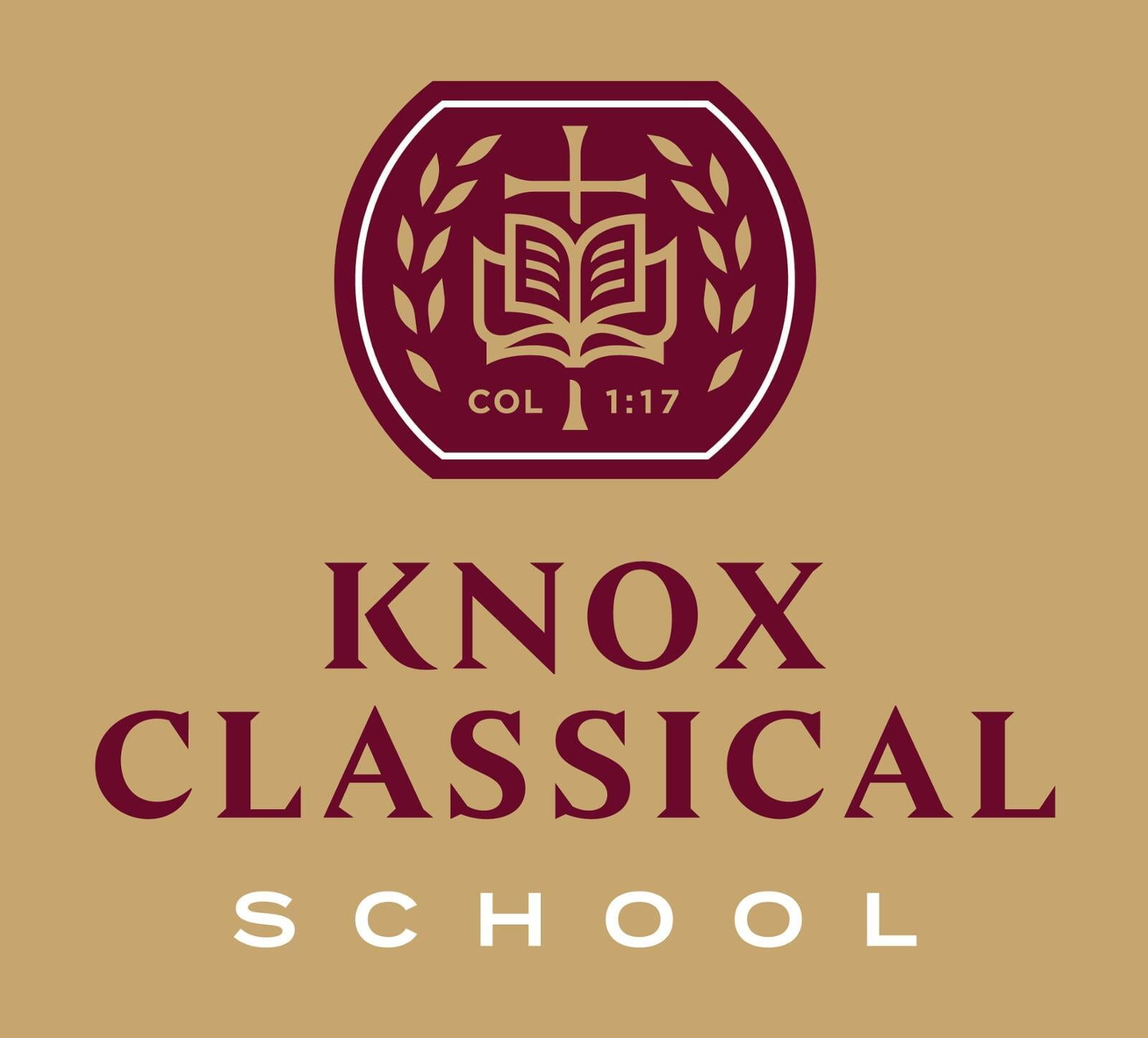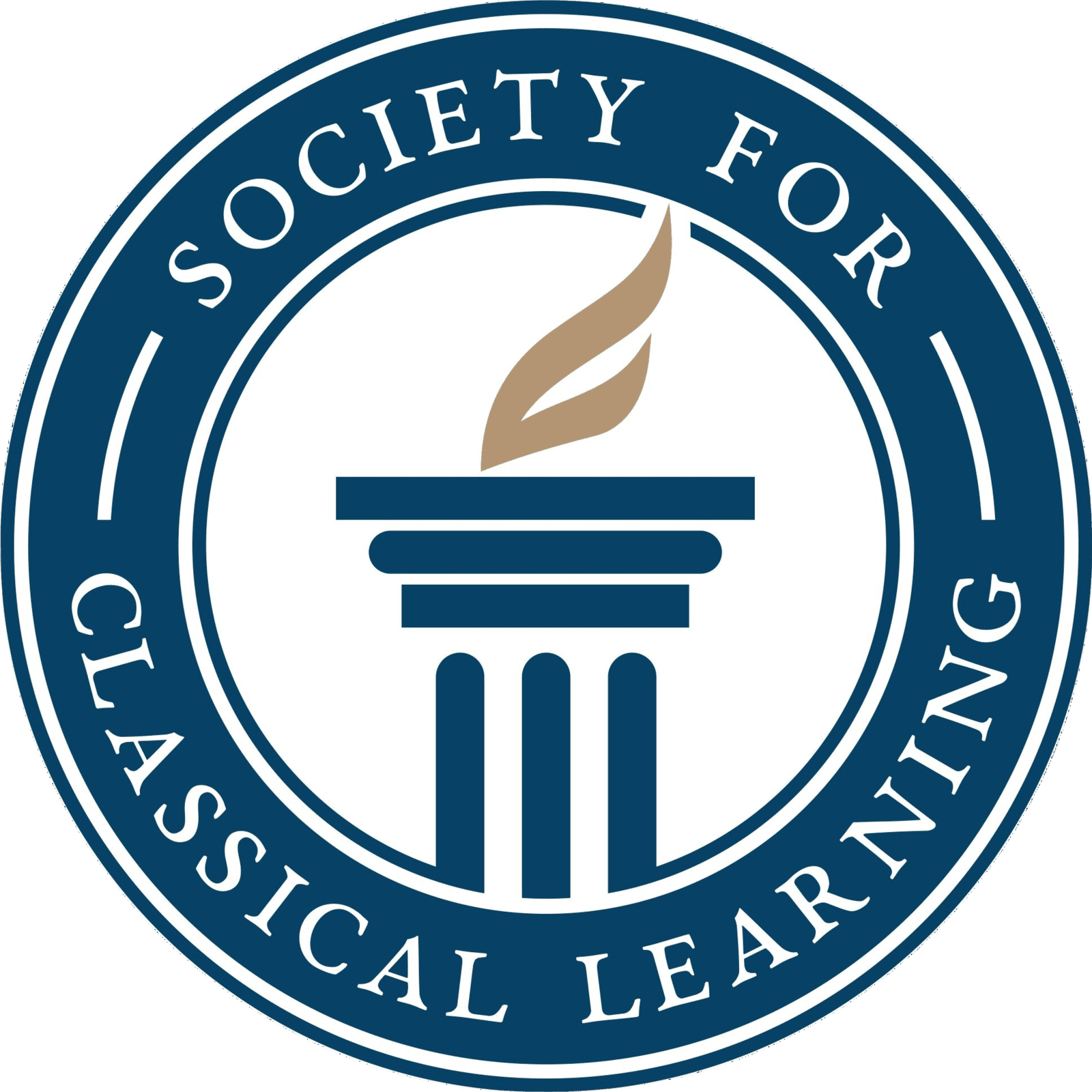Why these seemingly antiquated terms matter for your child’s education.
We shall not cease from exploration
And the end of all our exploring
Will be to arrive where we started
And know the place for the first time …
– T.S. Eliot, “The Four Quartets”
As you dig deeper into classical Christian education, it won’t be long before you encounter the trivium and quadrivium. To those of us who grew up in modern educational systems, these terms may sound foreign and antiquated, but together they describe the seven classical liberal arts—and serve as a framework that cultivates life-long learners and careful thinkers who seek what’s good, true, and beautiful.
We’ll start with the trivium. From ancient Greece through the Renaissance, educators understood that the world of words could be divided into the three stages of the trivium—stages mirroring children’s natural development:
The Grammar Stage focuses on the meaning and syntax of language. Elementary ages (approximately K-4th grades) correspond well to this period, as students explore their ability to understand the words around them and easily memorize facts.
When children grow into adolescence (approximately 5th-8th grades), they thrive on developing arguments and using their language skills to make connections between those previously learned facts. This phase of development maps onto the Logic Stage.
Once children understand how to craft concise lines of reasoning, students are ready to prepare persuasive defenses of their positions in the Rhetoric Stage—a stage that corresponds with the high school years (approximately 9th-12th grades).
Modernity is more familiar with what the ancients referred to as the quadrivium, a focus on the world of numbers through arithmetic (abstract numbers), geometry (numbers in space), music (numbers in time), and astronomy/physics (numbers in space and time).
So we have the world of words (the trivium) and the word of numbers (quadrivium)—and together these seven classical liberal arts serve as guidelines for how we explore every subject at Knox Classical School. For example, the trivium provides the tools that we use to teach any subject: Students learn the facts (grammar), enabling them to judge what’s right from wrong (logic), and communicate what they’ve learned winsomely (rhetoric). And while we study each of the subjects in the quadrivium, we add to the quadrivium the other disciplines used to help instill a love of goodness, truth, and beauty–in particular, the Great Books (more on those coming soon!), and the Greatest Book, the Holy Scripture.
In this way, the worlds of words, numbers, and theology intersect in every class at Knox Classical School as students discover God and His creation with humility, excellence, and wonder.

